How 2D hydraulic modeling can increase confidence in bridge designs
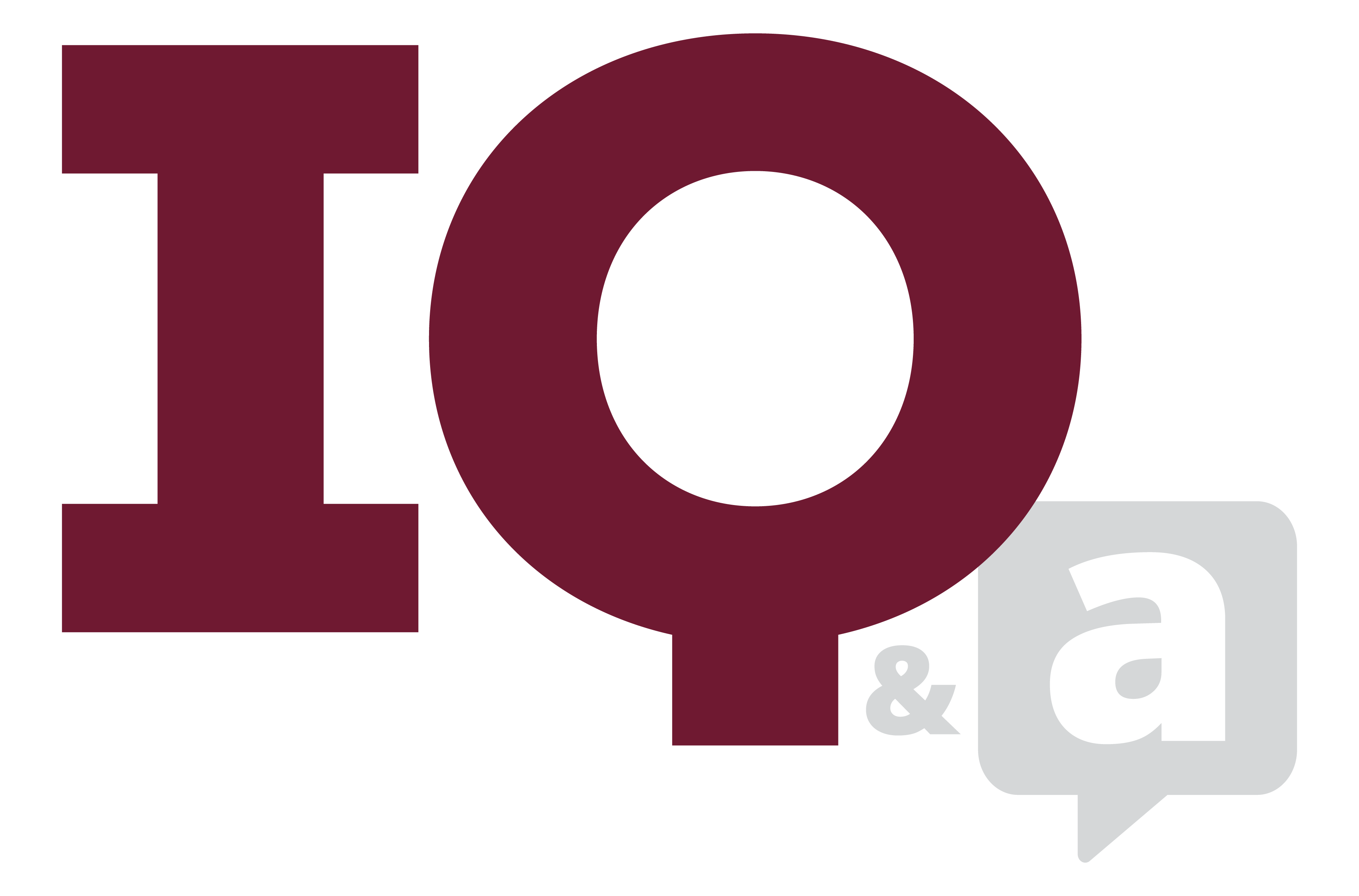
In 2015, Garver’s Hydrology and Hydraulics (H&H) Team began studying the US 98 dual-bridge crossing over the Pearl River in southern Mississippi. Originally built in the 1930s, the eastbound bridge had reached the end of its design life. Although there was conventional survey and 1D – or one-dimensional – hydraulic modeling available, the complexity of the river crossing required a more advanced two-dimensional (2D) modeling approach. What further complicated matters, however, came in 2020, when a flood event caused scour at the bridge crossing and the upstream east bank, accelerating the replacement of the 1970s-era westbound bridge as well.
In this IQ&A, Garver’s series of conversations with leading experts delivering value to communities across the country, Garver Senior Transportation Project Manager Mark Hammons, PE, CFM, tells the story of how a project for the Mississippi Department of Transportation (MDOT) offers a case study in the ways in which Garver’s expertise with 2D hydraulic modeling made a complex project considerably easier, and what the future of that modeling looks like.
How was the US 98 project affected by the 2020 flood event?
The US 98 crossing over the Pearl River is in a strategic location. There's really only a couple of major east-west routes between I-55 and I-59 in Mississippi, which are both major hurricane evacuation routes. If there were a hurricane bearing down on the Mississippi coast, everybody would be trying to evacuate and US 98 would provide a cross connection between a couple of those major routes. The original impetus was to replace the eastbound bridge and our team was involved in a pre-environmental study on coming up with recommendations to replace it.
The 2020 flood event was pretty significant. It was about a 35-year event, and what that means is there's a little less than a 3 percent chance in any given year that a flood of that size or greater would occur. This is the biggest flood that had occurred since the five steel and wooden jetties on the east riverbank upstream of US 98 were constructed in 1986. There was corrosion of the steel piles of the jetties due to age, and one of the jetties collapsed during the flood. There was significant erosion of the riverbank behind the jetty immediately downstream of the structure that failed. In addition, an underwater inspection revealed significant scour at the piers on both bridges, which appears to have been caused by a combination of bend scour and pier scour. Because of that, MDOT decided that it would be best to accelerate the replacement of the westbound bridge and replace both bridges. There will be a longer main span that will move the piers out of the part of the channel with the highest velocities and scour potential. The new bridges will be safer and have deeper foundations to account for the fact that there is scour potential at the bridge.
What sort of hydraulic modeling had been done there? What benefits do 2D modeling provide?
The original hydraulic modeling that had been done on the Pearl River was 1D, or 1-dimensional, and the more recent modeling that we have done since 2015 on the Pearl River is 2-dimensional. 1D uses cross sections to represent the channel and floodplain, and the calculations in a 1D model are discrete at those cross-section locations. In between cross sections, you really don't know what's going on, because the model results are interpolated between one cross section to the next. In a 2D model, you get results everywhere -- in both the longitudinal and lateral directions.
A 1D model is fine, but when you have complicating factors, a 2D model gives you much better results. You'd be surprised how often those complicating factors occur. If you have really wide floodplains, if you have multiple bridge openings, if you have weird channel alignments and multiple flow paths, a 1D model really can't resolve that. But a 2D model just does it beautifully, so that's the advantage. 2D modeling was absolutely needed for the US 98 Pearl River crossing since it had many complicating factors. The more advanced modeling provides more detailed design information and more confidence in the results.
For US 98, a bathymetric survey technique known as multibeam sonar was used, which uses a boat-based sonar array to get data everywhere off the bottom of the channel. Multibeam bathymetry was collected in 2018 and after the 2020 flood. When MDOT did the first multibeam survey in 2018, there wasn’t necessarily a known scour problem at either one of the bridges, it was just to have more data for the design of the eastbound bridge replacement and erosion control measures at the bridge crossing. In 2020, multibeam data was collected because scour had occurred at the bridge. The comparison of the 2018 and 2020 multibeam bathymetric survey clearly shows that scour and lowering of the channel bed within the vicinity of the crossing.
What does the future of H&H modeling and surveying look like?
Obviously, the better data that we have, the better models that we can produce -- and the more confidence we have in the results. And that's what we're ultimately trying to get to -- models that can accurately represent what could occur or what did occur depending on whether you're forecasting or hindcasting. The better details we have of the Earth, the better we can model it. Lidar, for example, has made a huge change in how we do hydrologic and hydraulic modeling. It's really changed everything we do in the last 10 years or so.
On the surveying side: With multibeam bathymetry, you’re talking about very large datasets. Just having a computer that can process it and display it and be able to manipulate it is kind of a feat, because 5 or 10 years ago, it would have been difficult to do on a PC. The computer hardware advances everything that we do, not just the data that we use, but the models that we run.
Going forward, I think we're going to see more and more data – especially as the technology advances. To give one example: typically, we think of lidar as being aerially captured, but we’ve had some projects that included terrestrial (vehicle-based) lidar point clouds of the roadway corridor. And there are boats equipped with both multibeam sonar and lidar. Just by driving under a bridge, they’re able to capture the bathymetry -- the channel geometry - and the bridge above. It provides a continuous point cloud of the bridge, the banks, and the channel bed under the water. That's a lot of data. Now the question is what can be done with it. I think we’re going to see more of that.
To learn more about how Garver's H&H Team can help you, contact Mark below.
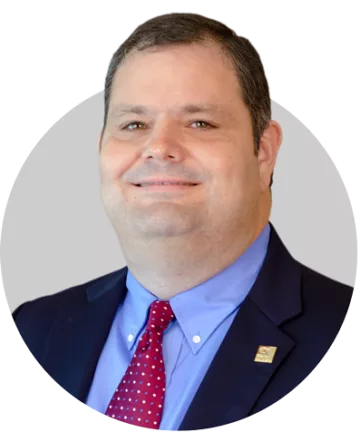
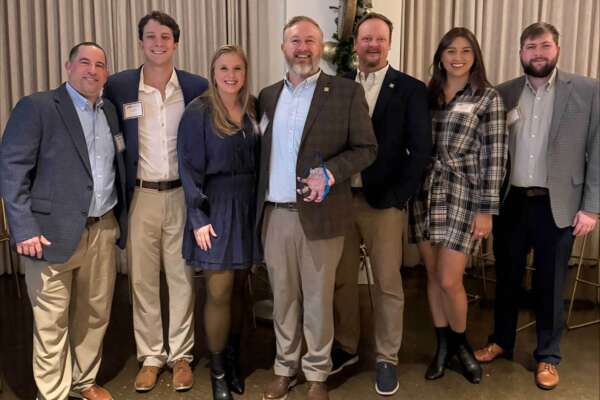

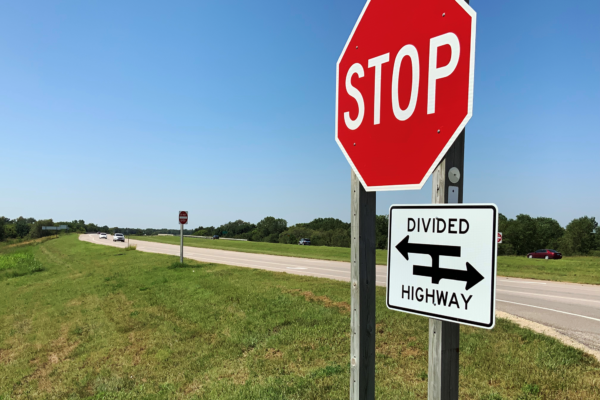

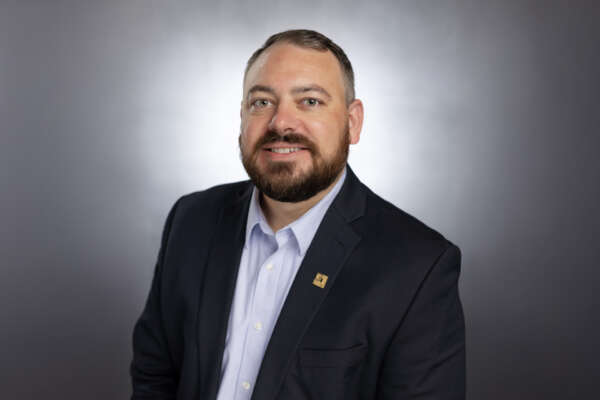
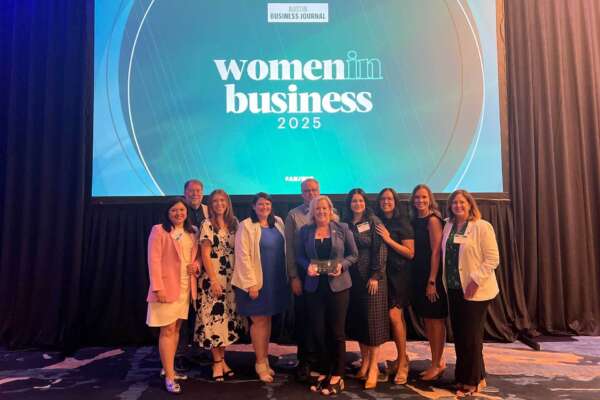
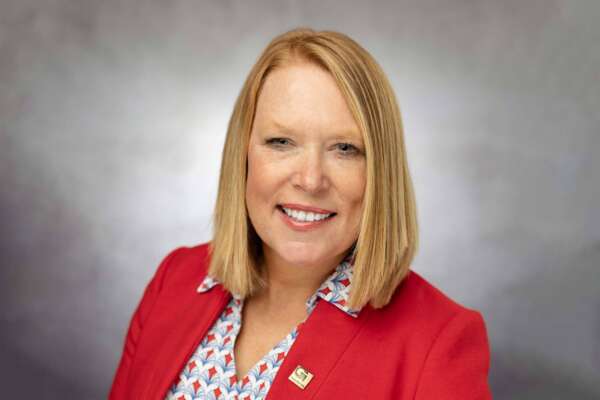

Share this article